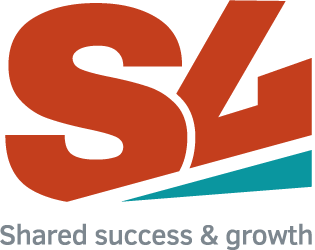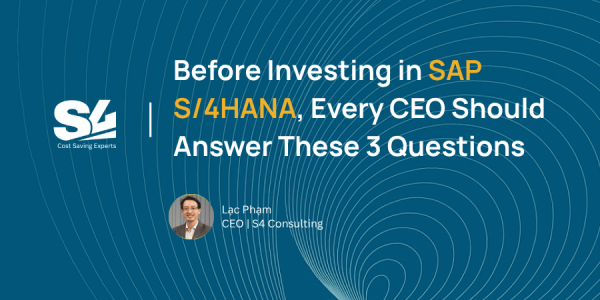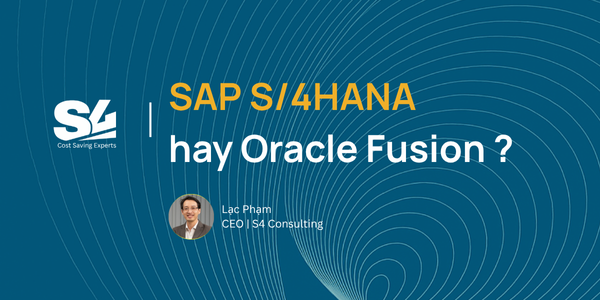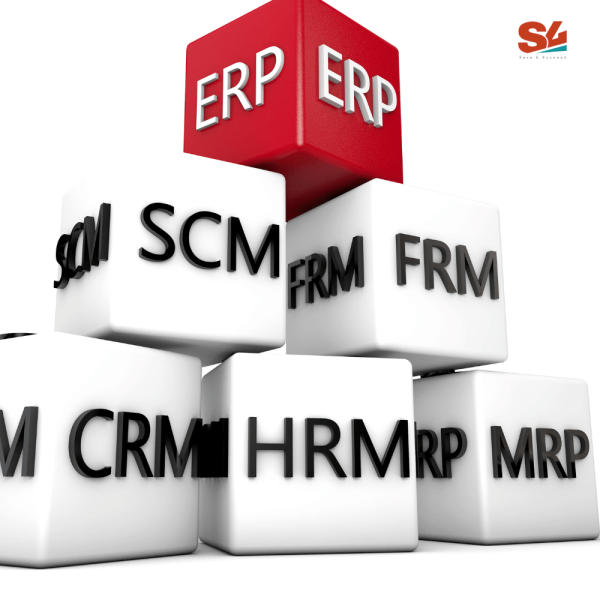
SAP S/4HANA Timeline: Why Speed Matters More Than Ever
Author: Pham Hoang Lac – CEO, S4 Consulting
For decades, SAP has stood as the global benchmark for enterprise ERP – the system trusted by the world’s largest organizations to control operations and standardize processes.
But in an era where growth cycles are measured in quarters, not years, a 24-month ERP implementation is no longer a badge of scale – it’s a strategic bottleneck.
When markets shift every quarter and customer behavior changes overnight, time to value becomes the real competitive edge.
Every month before go-live is another month without real-time visibility, without automation, and without the insights leaders need to make faster, data-driven decisions.
That’s why many CEOs are starting to ask a new question:
Do we really need the biggest ERP – or the one that gets us results the fastest?
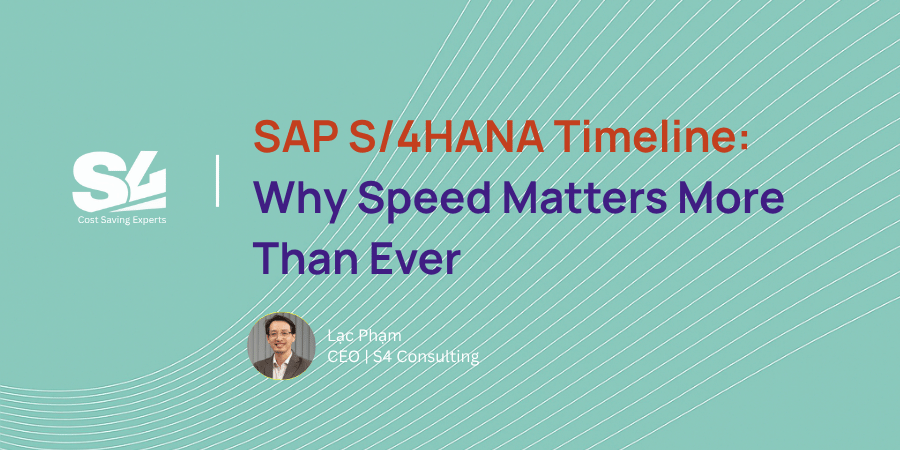
1. When Time Becomes the Hidden Cost of ERP
SAP S/4HANA has long been the benchmark for enterprise-grade ERP. It promises deep control, standardization, and scalability.
Yet in today’s fast-moving markets, time itself has become the most expensive part of digital transformation.
A 24-month ERP project is not just a technical challenge-it’s a strategic risk.
Every quarter spent waiting for go-live means delayed insights, slower decisions, and higher opportunity costs.
For modern CEOs, speed is no longer a luxury-it’s a competitive advantage.
2. Why SAP Projects Take So Long
The power of SAP S/4HANA lies in its scope. It was built for complex, multi-national operations – and that complexity drives project duration.
- Architecture complexity: S/4HANA supports multi-entity, multi-currency, multi-language environments. Each adds configuration and testing cycles.
- Activate methodology: SAP’s structured six-phase model (Discover, Prepare, Explore, Realize, Deploy, Run) provides governance – but extends project timelines.
- Dependence on system integrators: Most organizations rely on large SI firms. Every delayed decision adds cost and time.
- Internal readiness gaps: Many companies underestimate the internal effort – especially around data, business process mapping, and change management.
These factors explain why most S/4HANA projects run 18–36 months, even for mid-sized businesses.

Stop the Waste !
Acumatica Cloud ERP: More Modern – Up to 50% Lower Total Cost of Ownership.
3. When Time Delays Turn Into Strategic Risk
ERP projects that take years to complete often lose alignment with business reality.
By the time a traditional SAP system goes live, the market has shifted, leadership has changed, and key data assumptions are outdated.
The impact is real:
- ROI delayed beyond the 3-year horizon
- Loss of project momentum and employee engagement
- Change fatigue within the organization
- A system that fits yesterday’s business, not tomorrow’s
Simply put, the longer your ERP takes to go live, the smaller its strategic impact becomes.
4. The Shift Toward Agile, Cloud-First ERP
Recognizing these limitations, many global executives are adopting Cloud ERP platforms that emphasize speed, iteration, and scalability.
- Modular deployment: Start small with finance and operations; expand over time.
- Rapid go-live: 4–6 months on average for core functionality.
- Lower total cost of ownership: No servers, no upgrades, no heavy infrastructure.
- Continuous innovation: Cloud ERP systems evolve automatically with each update cycle.
Acumatica Cloud ERP, developed in the U.S., represents this new generation of ERP.
It delivers full enterprise functionality – finance, supply chain, projects, CRM – through an agile cloud model that grows with your business.
For mid-sized enterprises, Acumatica provides the same real-time visibility as SAP, but with deployment cycles measured in months, not years.
5. Why Speed Defines ERP Success
In today’s environment, agility and time-to-value define success more than technical scale.
SAP S/4HANA remains an excellent fit for global enterprises with mature governance structures.
But for most growing organizations, the faster path to digital maturity lies in cloud-based platforms that deliver impact quickly and evolve continuously.
The ERP question is no longer “How powerful is the system?”
It’s “How fast can we turn technology into results?”

Stop the Waste !
Acumatica Cloud ERP: More Modern – Up to 50% Lower Total Cost of Ownership.


